Daesh, a vector to watch out for in Afghanistan
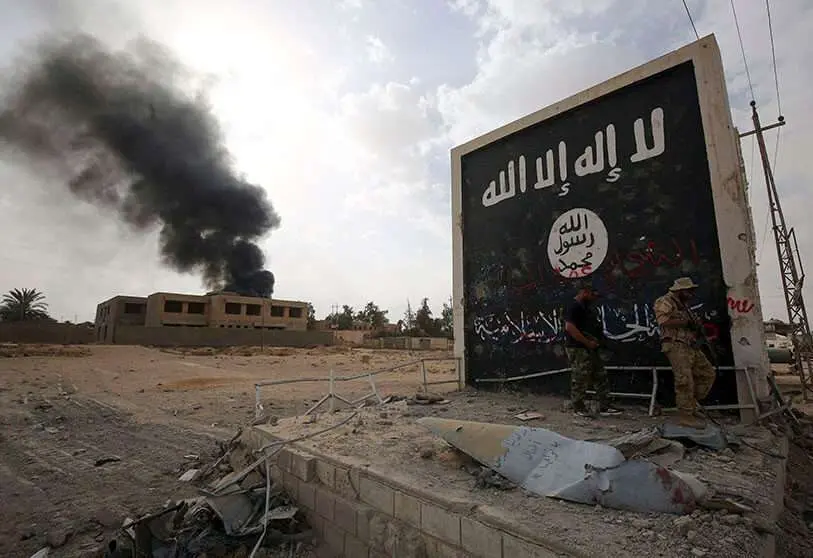
There is uncertainty over the departure of foreign troops from Afghanistan.
The main justifications that allowed former President Trump to sign the agreement with the Taliban in Afghanistan to abandon the country completely and definitively were: the scarce presence of Al-Qaeda on the Afghan (and world) game board, and the definitive elimination of Daesh (or what was left of it) in the country. This elimination of the terrorist group could come about through the fight between the Taliban and Daesh itself, or through Afghan government forces once their fight against the Taliban is over.
It is true that the Daesh terrorist organisation has many enemies and that the three-pronged offensive by the Kabul government, the Taliban themselves and US troops in 2019-2020 greatly diminished Daesh's forces and capabilities in Afghanistan1. However, there is great fear of what will happen in the country once the foreign troops leave. If such a situation finally occurs, Daesh could consolidate in the provinces where they are currently located and they could continue to increase their power, their presence in the country, as well as the number of members of their organisation. Therefore, this situation obliges us to pay attention to this terrorist group in Afghanistan and, above all, to try to look ahead if the Afghan state is finally completely abandoned by US troops and the rest of the NATO members, along with all the civilian personnel who provide aid in different capacities.
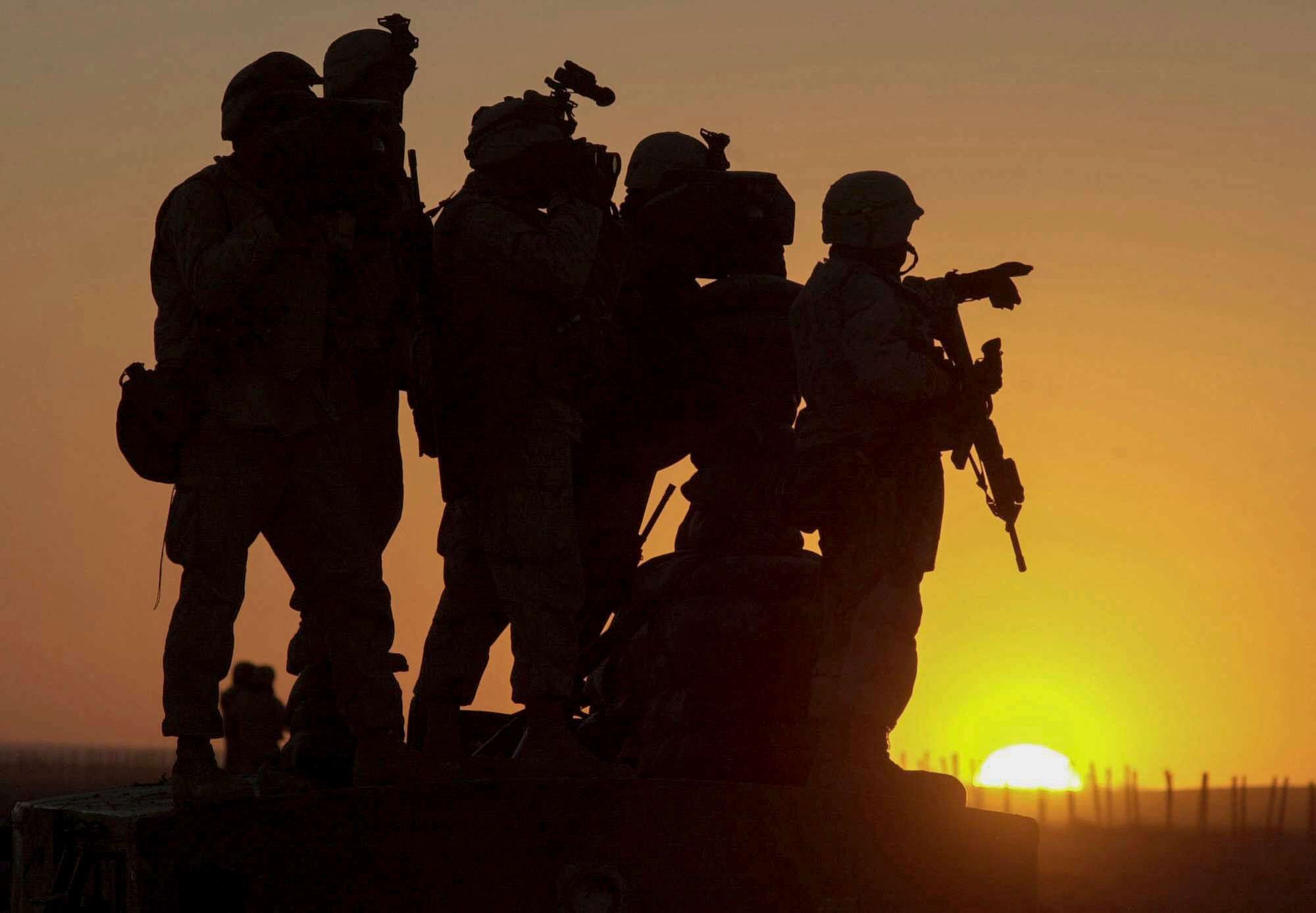 Beginnings and Status
Beginnings and StatusDaesh (or ISIS-K) was officially established in Afghanistan in 2015 and did so simultaneously with the organisation's franchise in Asia, the Khorasan wilaya, created through former Pakistani2 Taliban members and established in the north-east of the country (Nangarhar (Achin) and Kunar (Manogay) Provinces). In this region there is a minority of Salafi Muslims, as well as Daesh members; not to be confused with the Hanafi school to which the Taliban belong. Likewise, this area is a border region with the former Pakistani FATA3, famously a difficult Pakistani-controlled land that once served as a Taliban refuge from defeat and total annihilation at the hands of the US and its allies.

The wilaya of Khorasan is one of the most powerful and numerous Daesh franchises in the world and also maintains direct relations with Daesh leaders in Iraq and Syria. Khorasan claims parts of present-day Iran, Central Asia, Afghanistan, Pakistan, and others in this region, although its ultimate aim is to establish itself in all Asian states where there are Muslims.

As has already happened with this terrorist organisation in Syria and Iraq, when they lose a lot of ground and personnel, they split into small but numerous independent cells, re-emerging in hard-to-reach geographical areas as the opportunity of power and organisational vacuums presents itself. Such an example can be found in the city of Jalalabad, where there are dozens of 3- or 4-person Daesh cells working independently, which also reportedly exist in Kabul itself, according to Afghan intelligence sources.
Since they have lost territory and operatives, they have changed their tactics to be similar to those of the Taliban, with fewer large bombings and more small, targeted assaults.
Knowing with any certainty the composition and origin of Daesh members in Afghanistan is complicated by, among other things, the continuous geographical flow of fighters between Pakistan (FATA)4 and Kunar province in Afghanistan, where they are mainly based and which has at least 13 illegal crossing points between one country and the other.

While US military sources claim that at least 70% of Daesh members in Afghanistan are of Pakistani origin and many others are 'foreign fighters'5, a recent report on the situation of Daesh in Afghanistan revealed that Afghans are in the majority in the terrorist organisation, followed by Pakistanis and Central Asians, mainly Uzbeks and Uzbeks. A recent report on the situation of Daesh in the Afghan state would reveal that Afghans present the majority in the terrorist organisation, followed by Pakistani and Central Asian nationals, mainly Uzbeks from Uzbekistan.
Currently, Daesh has such a small presence that the latest reports suggest that the remaining elements on Afghan territory do not even have a clear leader or hierarchical structure. However, it is important to remember that Daesh's aspirations, as a jihadist terrorist organisation, are global, i.e. they are not limited to trying to impose their ideology and actions on Afghanistan or Asia, but plan to strike at the 'non-believer' worldwide6. This is why vigilance over this group is essential for the security of the West and neighbouring states.
Therefore, although their violent actions have been reduced, we can review some of the attacks of the last few years. What is most striking about all the attacks in 2020 and 2021 is that in many cases these attacks, with various modus operandi - be they limpet bombs, explosive devices, suicide bombers or assaults - are not claimed by any of the terrorist groups, thus creating a premeditated uncertainty. However, the target audience of the attacks is clear. Although civilians and minors are sometimes targeted, the main targets are Afghan security forces, politicians, militiamen and imams.

By way of example, of the 40 attacks in total carried out by Daesh and/or the Wilaya of Khorasan - the former's franchise - 11 attacks have killed more than 10 people.
- 25 March 2020, Daesh attacked a temple of the Sikh minority in Kabul, killing 25 worshippers and injuring 8 others7.
- 12 May 2020, Daesh carried out a suicide bombing during a funeral for a senior police commander in Nangarhar province (eastern Afghanistan), killing at least 24 people and injuring 67 others8.
- 12 May 2020, unconfirmed, but it is expected that the Wilaya Khorasan was responsible for the attack on a maternity care hospital, killing at least 40 people and injuring dozens.
- 30 July 2020, a Wilaya Khorasan car bomb attack on Afghan security forces positions in Lawgar (eastern Afghanistan) killed 18 people9.
- 2 August 2020, Wilaya Khorasan stormed a prison in Nangarhar killing 29 Afghan security forces and civilians and 9 terrorists.
- 3 October 2020, Wilaya Khorasan is believed to have planted a car bomb and assaulted several civilians in Nangahar, killing civilians and terrorists with a total of 14 fatalities.
- 24 October 2020, Wilaya Khorasan suicide bombing in Kabul killing 31 civilians and terrorists.
- 3 November 2020, an attack takes place at Kabul University leaving 19 dead and 40 wounded. Although this attack is claimed by Daesh, the Afghan government insists that the Taliban group is responsible.
- 24 November 2020, a double explosive device detonated in Bamiyan (eastern Afghanistan) by the Taliban or the Wilaya of Khorasan (no further details are available) kills 17 civilians.
- 18 December 2020, bomb attack leaves 15 civilian’s dead, including 11 minors, and 20 injured in the central province of Ghazni. Although the attack is attributed to the Taliban, it is noted that it is more similar to Daesh's modus operandi.
- 20 December 2020, a car bomb kills 10 civilians in Kabul. The authorship of the attack is ambiguous, it is not known whether it was the Taliban or the Wilaya of Khorasan.
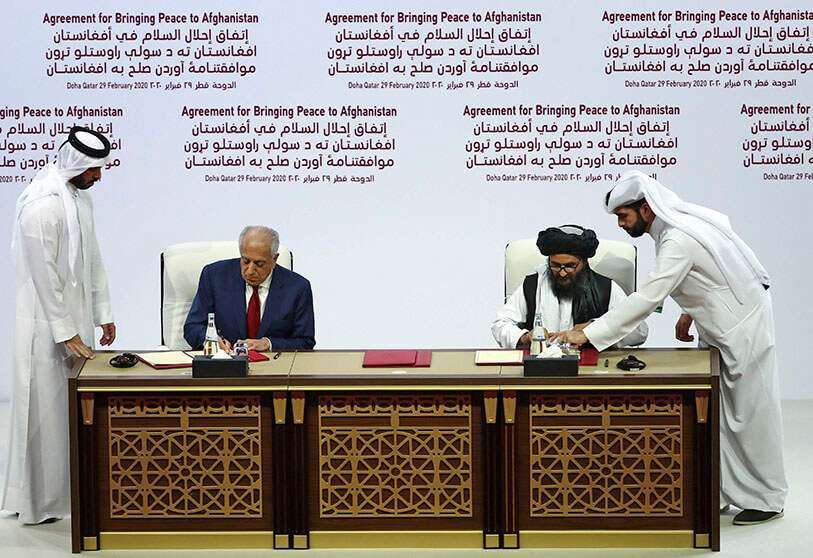
All these attacks, together with their deadly impact, clearly demonstrate Daesh's desire to consolidate its presence in Afghanistan. Its hybrid modus operandi is to combine attacks on "soft" (indiscriminate) targets with "hard" (selective) attacks. Moreover, while creating as much terror as possible in the area, it pits different tribal and religious factions against each other, promoting a window of opportunity.
Trying to guess the future in Afghanistan once Western troops have left is a difficult mission in such a volatile and complex scenario. But it is a fact that, in Afghanistan's recent history, one insurgent group is replaced by a new one. In this case, therefore, if the Taliban were to reach a peace agreement with the central government in Kabul, they could be, at least regionally, replaced by Daesh.
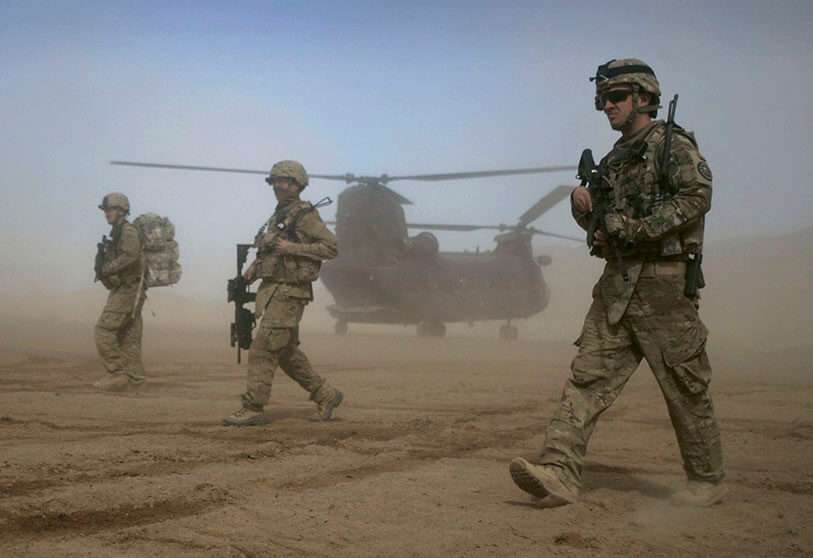
However, we can see some possibilities that should be taken into account:
Recruitment: the recruitment and radicalisation capabilities of this organisation are still remarkable and we may see situations in the future that could increase these numbers:
- If a stable peace were to be achieved in Afghanistan, many Taliban would be out of work because they are not fighting, so they could switch to Daesh to keep getting paid.
- Daesh pays significantly better than the Taliban to join and fight with them, especially for well-educated young men to become middle managers and future leaders.
- The aid promised to ex-combatants by the government has not been forthcoming, which is causing discontent among former Daesh members, some of whom may return to the organisation.
- The possibility of a civil war between the Taliban and the Kabul government could also benefit Daesh, increasing poverty and hopelessness in the country, facilitating the recruitment of young people, especially in rural areas, which are the most disadvantaged.
- Continued pressure from the US-led coalition's anti-Da'esh alliance in Syria and Iraq is forcing many of its members to flee to the Khorasan franchise.
- Daesh has drawn in deserters or dissidents from other armed groups such as Lashkar-e-Taiba (LaT), the Haqqani Network, the Islamic Movement of Uzbekistan (IMU) and also the Taliban, so that the narrative of this group always remains a plausible option for militiamen from other armed organisations11 .
- Even Taliban splinter movements may already be associating with Daesh members to destabilise the already complicated situation in the country. It should be remembered that the Taliban are a rather heterogeneous group and their interests diverge according to their situation, so using the Khorasan franchise to achieve their goals will be a constant for both the Taliban and other warlords in Afghanistan.

Financiación: los métodos del Daesh en cuanto a financiación en esta región siguen viniendo de la mano de donaciones, transacciones monetarias a través de empresas del sector bancario, malversación de fondos de organizaciones sin ánimo de lucro, importaciones y exportaciones, así como donaciones de países y/o simpatizantes12.
- A significant part of the transactions observed are low-value wire transfers to and from high-risk jurisdictions in Afghanistan, such as Khorasan province.
- The presence of numerous terrorist groups in the region increases the risk of embezzlement of funds sent or received by charities.
- There are transactions involving politically vulnerable foreigners and corruption cases.
- Financing through high-risk car purchases and/or imports and exports.
- Donations through third countries - such as Turkey or Saudi Arabia; donations through transfers from supporters in the area, and from groups such as Abtal-ul-Islam13. Money is usually transferred through the Hawala network, a method generally used for transfers in the region.
- Criminal activities have also been a potential way of obtaining funds.
- Raising funds through revenues obtained from Daesh-controlled territories: taxes, oil/gas, appropriations and others.
However, due to the loss of revenue associated with the territory it controlled, Daesh will probably have to diversify its revenue sources to continue its operations. At the same time, its overhead costs can be expected to decrease, as it will no longer have the costs associated with governance and civilian management.
This could lead to Daesh being financially weaker overall, but still having the ability to fund maximum impact terrorist attacks in Afghanistan, Iraq, Syria and abroad14.

On Wednesday 14 April 2021, President Biden confirmed the total withdrawal of American troops from Afghanistan, and, in turn, representatives of the British and German governments have confirmed that the departure of their respective troops will be parallel to that of the Americans, so we can presume that NATO as a whole will withdraw, if the situation and conditions support it, from Afghan territory.
So at this point we can analyse two situations, the current one, with troops on the ground, and the future one, with remote control and monitoring by the Americans and the Transatlantic Organisation.

In the current situation we have had and still have the presence of foreign troops on the ground to "control" the terrorist ambitions of Al-Qaeda and Daesh, and also NATO for training and advising the country's rulers.
Many of those who support a complete withdrawal justify it by saying that 2,500 US military personnel make little difference in numerical terms. However, even if they are "few", remaining in Afghanistan ensures NATO's presence in the country, with the consequent continuation of training and projects in which the Afghan authorities and military are involved. Moreover, one should not forget the significant presence of 10,000-15,000 contractors working for the armed forces and other projects in the area, as well as the important work of the US presence that provides security for all international civilian organisations and companies cooperating in the country. This is all the more important as the economic collapse is closely linked to the resurgence of global jihadist narratives in this region.
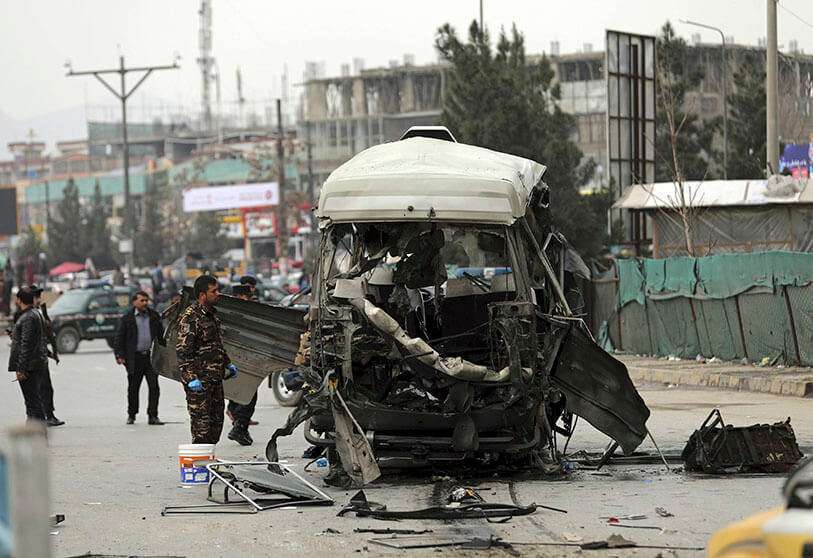
The future situation, unless something different happens in the next five months, lies in the feasibility of carrying out a monitoring and terrorism control mission in Afghanistan without troops on the ground and working either hand in hand with neighbouring states (China, Russia, Pakistan, Iran and India) and/or through the establishment of military bases in other neighbouring countries such as Pakistan or Uzbekistan.
The option of neighbouring countries becoming fully involved in Afghanistan is feasible but complicated, as each has its own interests and agenda in Afghanistan. However, using bases in nearby countries to carry out the ¨tracking¨ of terrorist operations is already underway, although it is clear that not all of Afghanistan's neighbours would be willing to have American boots on the ground. India could play an important role here, but Pakistan would certainly never allow the Indian giant to act too directly in Kabul.
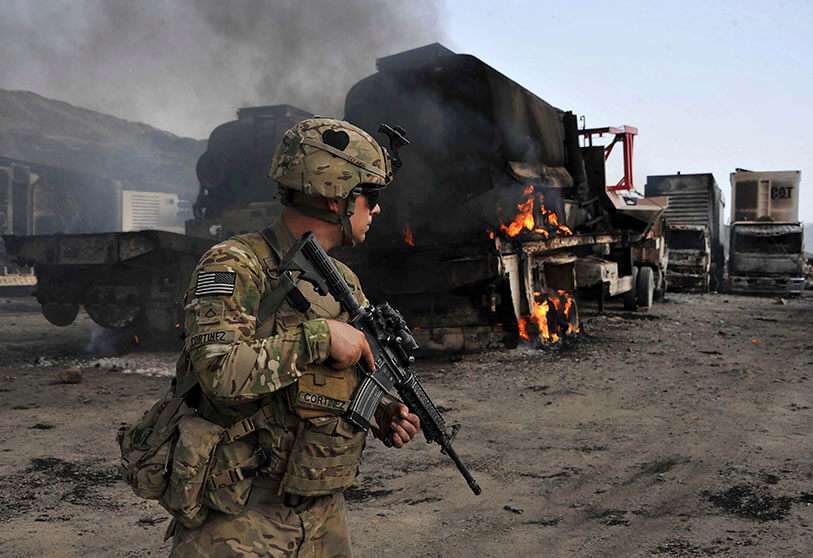
In that case, it would have to rely only on US supervision and remote action, supported in some capacity by NATO from relatively close military bases. Despite the technological and military means of the US and NATO, one should be very cautious about claiming that one could "contain" the Daesh (and Al-Qaeda) terrorist threat remotely, depending to a very large extent on the support of nations such as India and, above all, Pakistan. Presumably, in this remote situation, the US would use a mix of intelligence, contractors and clandestine special forces operations to fill the gap left by the physical presence in the country. An oversized embassy, as is the case in Iraq, would allow for operatives and contractors on the ground to seek out Daesh and Al-Qaeda threats.
For all these reasons, there is no doubt that Daesh is currently a dangerous and potentially risky actor in Afghanistan, even though it has little presence in the region. Its global narrative, its ability to survive in scenarios hostile to them, as well as its maintenance of power wherever it succeeds, make Daesh a potential enemy to be reckoned with in the region. As a consequence of its impact and strength, Daesh, while not as successful as the Taliban, should not be underestimated in terms of numbers, strategy or danger. Thus, only after the withdrawal of foreign NATO and US troops will we be able to observe the course and position of Daesh in Afghanistan.
- Islamic State Khorasan (IS-K), Center for Strategic and International Studies, 9 November 2018, available online: https://csis-website-prod.s3.amazonaws.com/s3fs-public/181113_IS-K_Backgrounder.pdf?LgtpuuPVxjdGU6g_idQlIH4cI1ILgZ0t
- Gibbons, T & Ghazi, Z. Foes in afghan war see a common threat of Islamic state's return, The New York Times, 22 March, 2021, available online: https://www.nytimes.com/2021/03/22/world/asia/islamic-state-afghanistan.html
- Federally Administered Tribal Areas
- The Federally Administered Tribal Areas (FATA) are the Federally Administered Tribal Areas of Pakistan that share a border with Afghanistan. Disponible en línea: https://www.loc.gov/resource/g7643f.ct003120/?r=-0.021,0.278,1.077,0.833,0
- Ali, O. & Gharanai, K. Hit from many sides (2): The demise of ISKP in Kunar, 3 March 2021, available online: https://www.afghanistan-analysts.org/en/reports/war-and-peace/hit-from-many-sides-2-the-demise-of-iskp-in-kunar/
- (Ibid, 2021)
- DW, At least 25 killed in attack on Sikh minority temple in Kabul, DW, 25 March 2020, available online: https://www.dw.com/es/al-menos-25-muertos-en-ataque-a-templo-de-la-minor%C3%ADa-sij-en-kabul/a-52907551
- ATALAYAR. Daesh claims responsibility for one of two attacks in Afghanistan that left 40 dead, Atalayar, 13 May 2020, available online: https://atalayar.com/content/daesh-se-atribuye-uno-de-los-dos-atentados-en-afganistán-que-dejaron-40-muertos
- Igualda, C. Observatorio de atentados jihadistas, OIET, 2020, available online: https://observatorioterrorismo.com/category/atentados-yihadistas-2020/
- EFE, Bomb attack leaves 15 dead in Afghanistan, TeleSurtv, 18 December 2020, available online: https://www.telesurtv.net/news/afganistan-atentado-bomba-muertes-20201218-0019.html
- Jadoon, A., Jahanbani, N., Willis, C. Challenging the ISK Bran in Afghanistan-Pakistan: Rivalries and divided loyalties, April 2018, available online: https://ctc.usma.edu/challenging-isk-brand-afghanistan-pakistan-rivalries-divided-loyalties/
- Terrorist financing assessment 2018. Financial Transaction and Reports Analysis Centre of Canada. Available online: https://www.fintrac-canafe.gc.ca/intel/assess/tfa-2018-eng.pdf
- Parvez, T. the Islamic State in Pakistan, United States Institute of Peace, September 2016, available online: https://www.usip.org/sites/default/files/PB213-The-Islamic-State-In-Pakistan.pdf
- Terrorist financing assessment 2018. Financial Transaction and Reports Analysis Centre of Canada. Available online: https://www.fintrac-canafe.gc.ca/intel/assess/tfa-2018-eng.pdf









